The quintessential landscape photography lens: The Fujifilm XF10-24mm
My name is Geoffrey Giebelhaus, and I am a landscape photographer based in Vancouver, Canada. Born and raised in the prairies of Alberta, I made the move to Vancouver at the beginning of 2017 to start my career as an engineer. Having grown up near the Rocky Mountains, I have always had a deep interest in the outdoors and wildlife, but it was not until after my move to Vancouver that my passion for photography grew. Exploring the outdoors is a part of my everyday life and fuels my passion for exploring nature through photography.
Fujifilm first captured my eye when I was able to borrow an X-T2 and XF18-55mm combo for a weekend. Along with the classic look, it was the colour, manual dials, and build construction that convinced me to trade in my Sony. The following weekend I picked up the camera that has been my daily driver for the last three years—the Fujifilm X-T20.
As a landscape photographer, it is crucial to consider size, weight, and weather sealing when deciding what I carry with me as I hike. Although my standard hiking kit varies for each trip, I have found that the lens I’ve always taken while exploring was the XF10-24mm. This lens has created some of my best and favorite images, and I’ve missed too many opportunities when I’ve left it at home.
RIGHT: Fuji X-T20 . Fuji XF10-24mmF4 @24mm . F/8 . 0.5” . ISO 100
The first time I hiked to a popular local glacier, I remember trying to save weight by opting to leave the XF10-24mm. It’s a strenuous hike that can be challenging for even the fittest. At the top, you’re greeted with a stunning view of these blue glacial lakes surrounded by the steep peaks of Wedge Mountain. A perfect setting for a wide lens! I ended up stitching together a series of photos with disappointing results.
More recently, however, I was given a chance to revisit this scene late in the year, and this time of course I made sure I packed the XF10-24mm. In a single frame, I was able to capture the rippling ice, frozen lake, and the peaks of the surrounding mountains. I could not be more pleased with the results!
Landscape photography is not just about capturing the mountain range or river that’s in front of you—it’s about isolating a moment in the noise of the scene. That moment is the texture, the motion, the atmosphere, and the raw power of nature. In my photography journey, it’s these extreme focal lengths that have become the most valuable tools in isolating my subject.
These focal lengths bring a perspective of grandeur at the widest, and intimacy at the narrowest. It is also only at these widest focal lengths that the scale and enormity of the landscape can be captured fully–especially when composed properly. The Fujifilm XF10-24mm lets you capture these small and close details without excluding the larger surrounding environment.
RIGHT: Fuji X-T20 . Fuji XC50-230mmF4.5-6.7 @90mm . F/5.4 . 1/3200” . ISO 400
Waterfalls have become a favorite subject of mine because of how they can be used to create exciting forest scenes at wide focal lengths. Showing water movement through small foreground pebbles and streams while a towering waterfall surrounded by foliage creates a clear focal point in the background is something I rely on this lens to achieve.
The XF10-24mm pairs so well with waterfalls that I sometimes only bring this lens when going hiking. But that brings me to the first flaw of the XF10-24mm, at least the original MKI. It’s not weather-sealed, and that’s caused me a lot of problems. Between moisture in the lens and the lack of a hard-stopping aperture, I’ve ruined a lot of potential shots.
Many times when faced with a situation where a lot of airborne moisture is present–soaking myself and my gear–I couldn’t rely on the XF10-24 and would be forced to only use my 35mm. Pair that with accidentally turning the aperture ring too far into ‘auto’, and you get blurry, foggy, or out-of-focus images. So when Fujifilm announced the new MKII in October 2020, I got quite excited.
I’ve now owned the XF10-24mm MKII for two months, and I can say without a doubt Fujifilm made some fantastic design choices. Fujifilm kept the same optics, added weather sealing, reduced the weight, added a marked aperture (with auto-lock), added an extra stop of OIS, and redesigned the body. And even with the same optics, these changes could affect your photography.
First, let’s address the two most asked for improvements: weather sealing and a marked aperture ring. Going out into the rainy streets of Vancouver or exploring the wet forest, I am no longer worried about my lens getting coated in a fine mist, and, so far, I haven’t had any issues with internal lens fogging. Weather sealing was my primary reason for upgrading, and it’s already proven to be a benefit in my landscape photography.
I’ve recently had a chance to test it in freezing weather, and while on location, I found my XC50-230 focus and OIS getting worse as the day went on. I’ve experienced this issue with the MKI 10-24mm many times in freezing rain, where the lens’s performance suffers from the cold temperatures. But I’m happy to report that the XF10-24mm showed no signs of slowing even as sleet and snow fell from the sky. I even splashed it with some freezing water spray.
The marked aperture ring has been great as well. The ring clicks firmly now– akin to the XF16-80mm–and has no wobble anymore, a minor pet peeve of mine. With the markings, it’s now easier to know what my settings are without looking at the screen too—helpful when I’m forced to crouch above my tripod for shooting at low angles
And, of course, the auto aperture lock button has been great. Countless times while using the MKI, my shutter was unintentionally set to ‘auto’ while closing the aperture, completely changing the dynamics of the photo by either reducing my depth of field or greatly changing my shutter speed while using aperture priority. Plus, the button looks slick.
Now, the XF10-24mm is not perfect. Optically it performs great for a super wide-angle lens, and noticeably better towards the 10mm range. But as you near the edges of the frame, some CA and fringing becomes apparent. It is easily fixed through software, but that would be my number one request for Fujifilm to improve on any future updates to this lens.
I’m not sure if a new lens coating or a full optical redesign would fix this. As well, the missing OIS on/off switch! Fujifilm supposedly has designed this lens to know when it’s mounted on a tripod, but having the peace of mind that it’s hard set to ‘off’ is something I will miss in the MKI.
If you already own the MKI, you may be trying to decide whether to upgrade to the MKII. From a fellow photographer, unless like myself you need the new weather sealing or that extra stop of OIS, you likely shouldn’t upgrade. The new design, while classier and more functional, the major benefits are the aperture ring and weather sealing. However, for anyone looking at buying the XF10-24mm for the first time, the MKII is the lens I would go for. I can’t recommend either version of the Fujifilm XF10-24mm enough for landscape photography!
RIGHT: Fuji X-T20 . Fuji XF10-24mmF4 @13.20mm . F/10 . 1/60” . ISO 800
RIGHT: Fuji X-T20 . Fuji XF10-24mmF4 @22.90mm . F/8 . 10” . ISO 200

“Born and raised in Alberta with a love for the outdoors, I grew up spending a lot of my time exploring nature. My passion for photography began when I moved to the West Coast of Canada, and I began exploring new areas driving my desire to capture these moments to share. As a photographer, my goal is not just to take a photo; rather, it’s to capture the character, atmosphere, and emotion I feel in each subject and genuinely present them to my audience.”

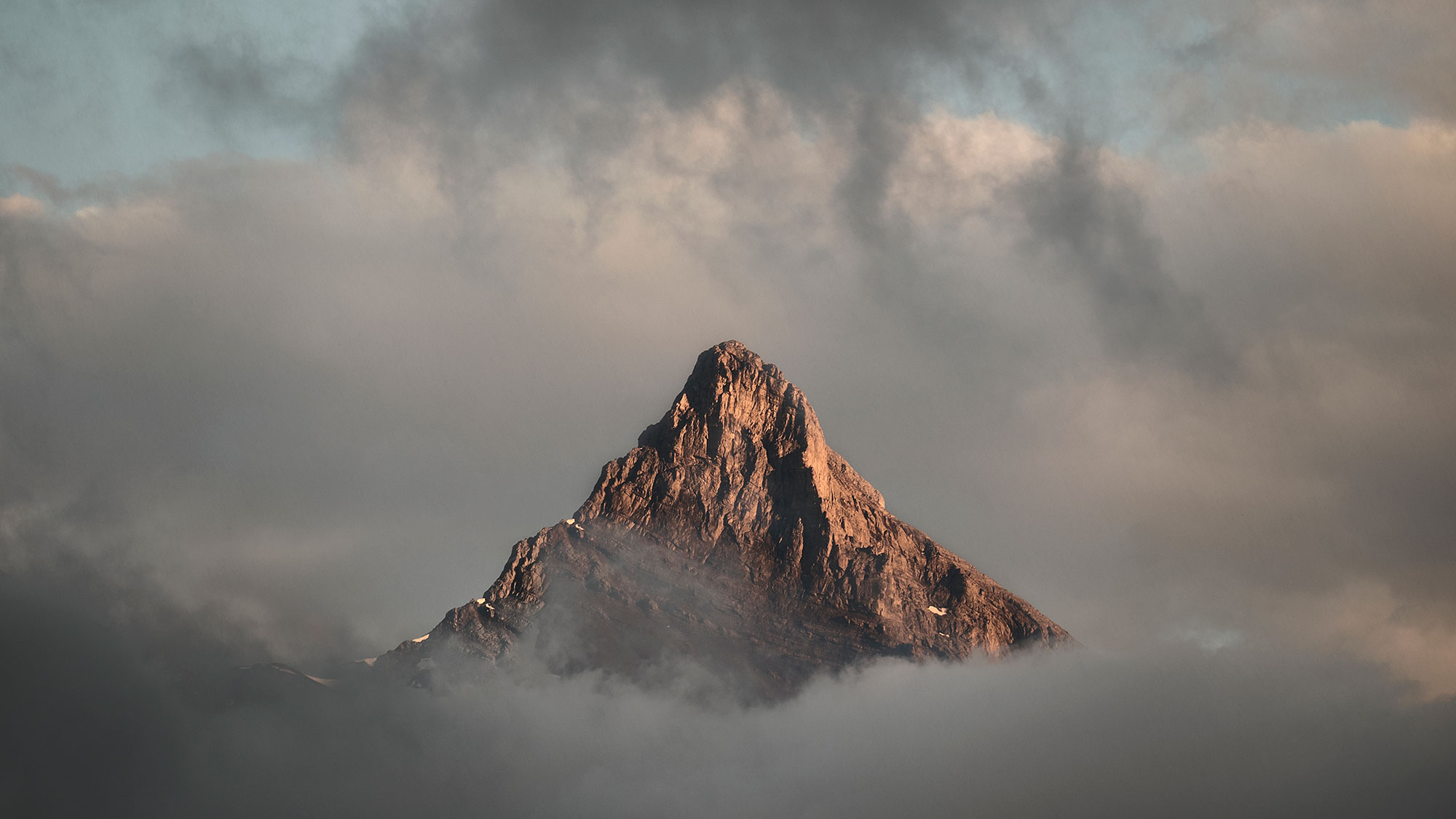
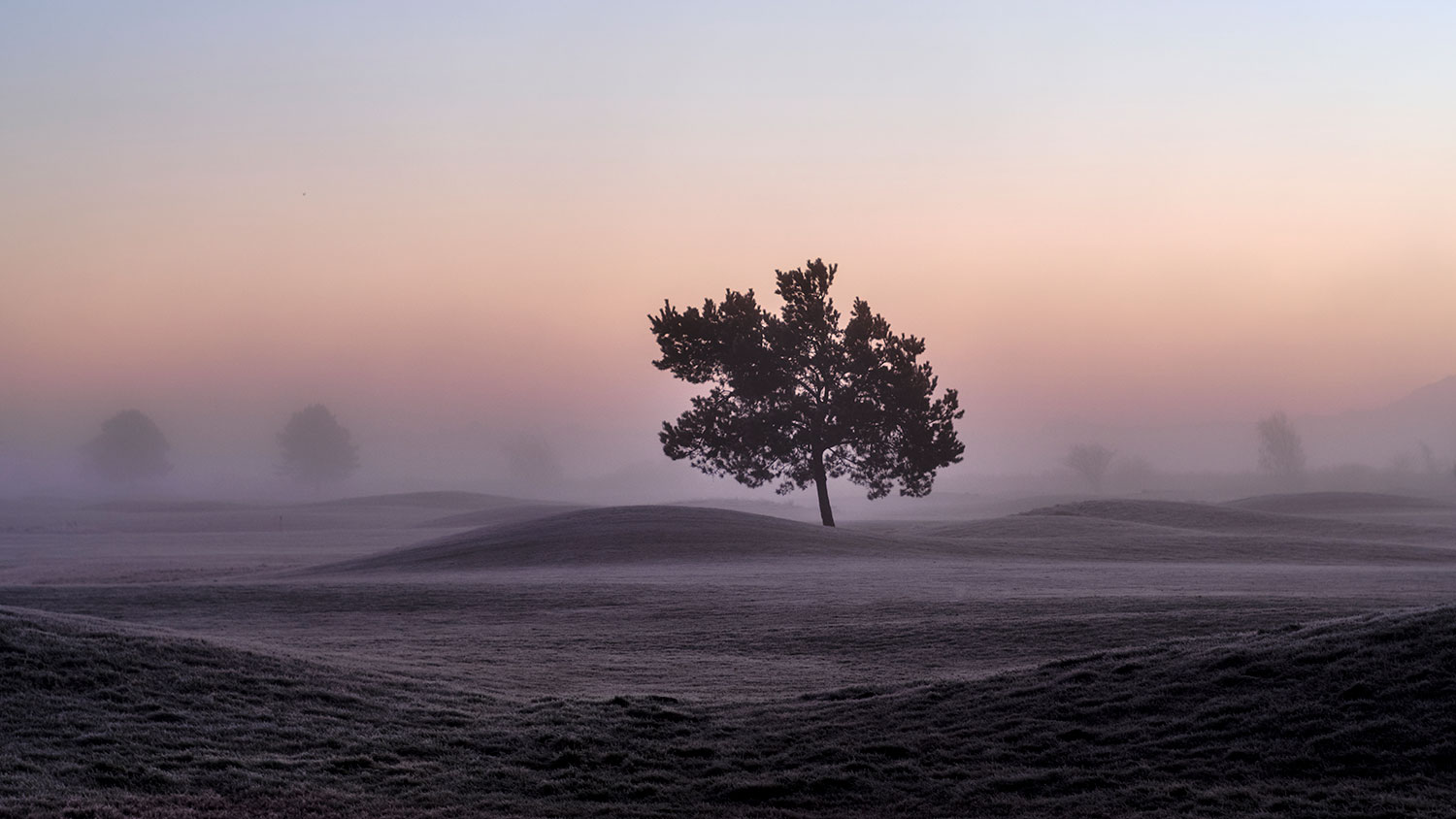
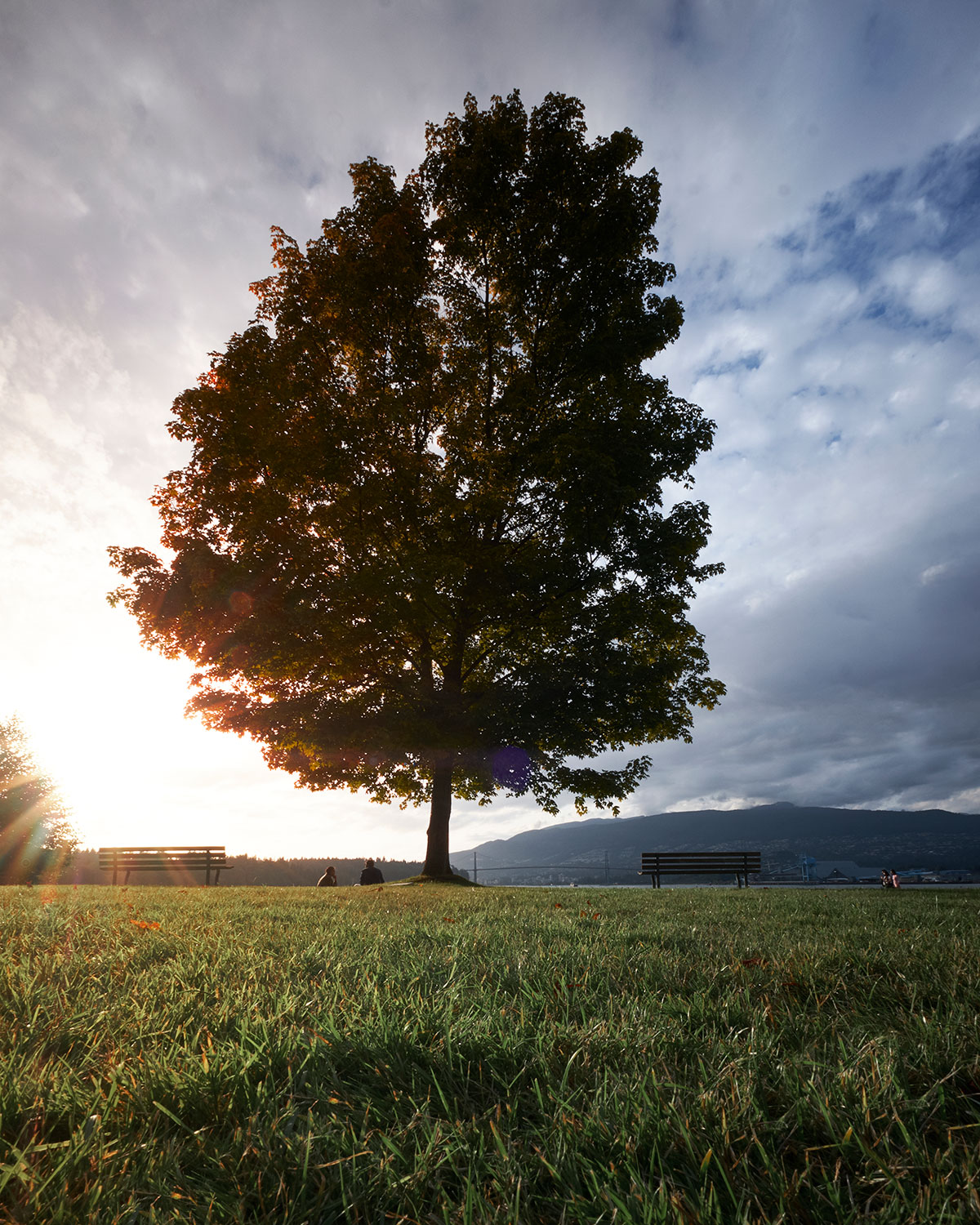
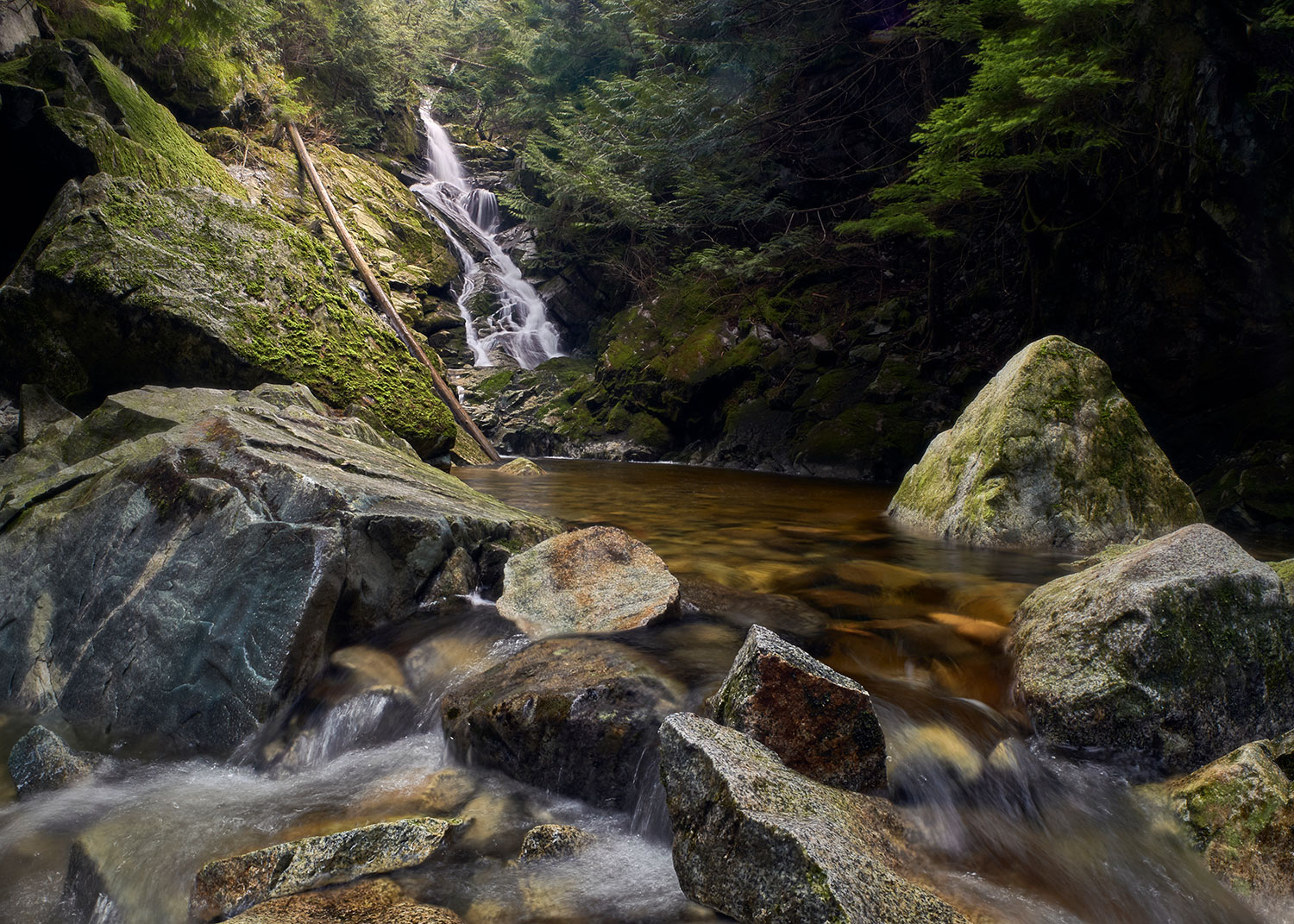
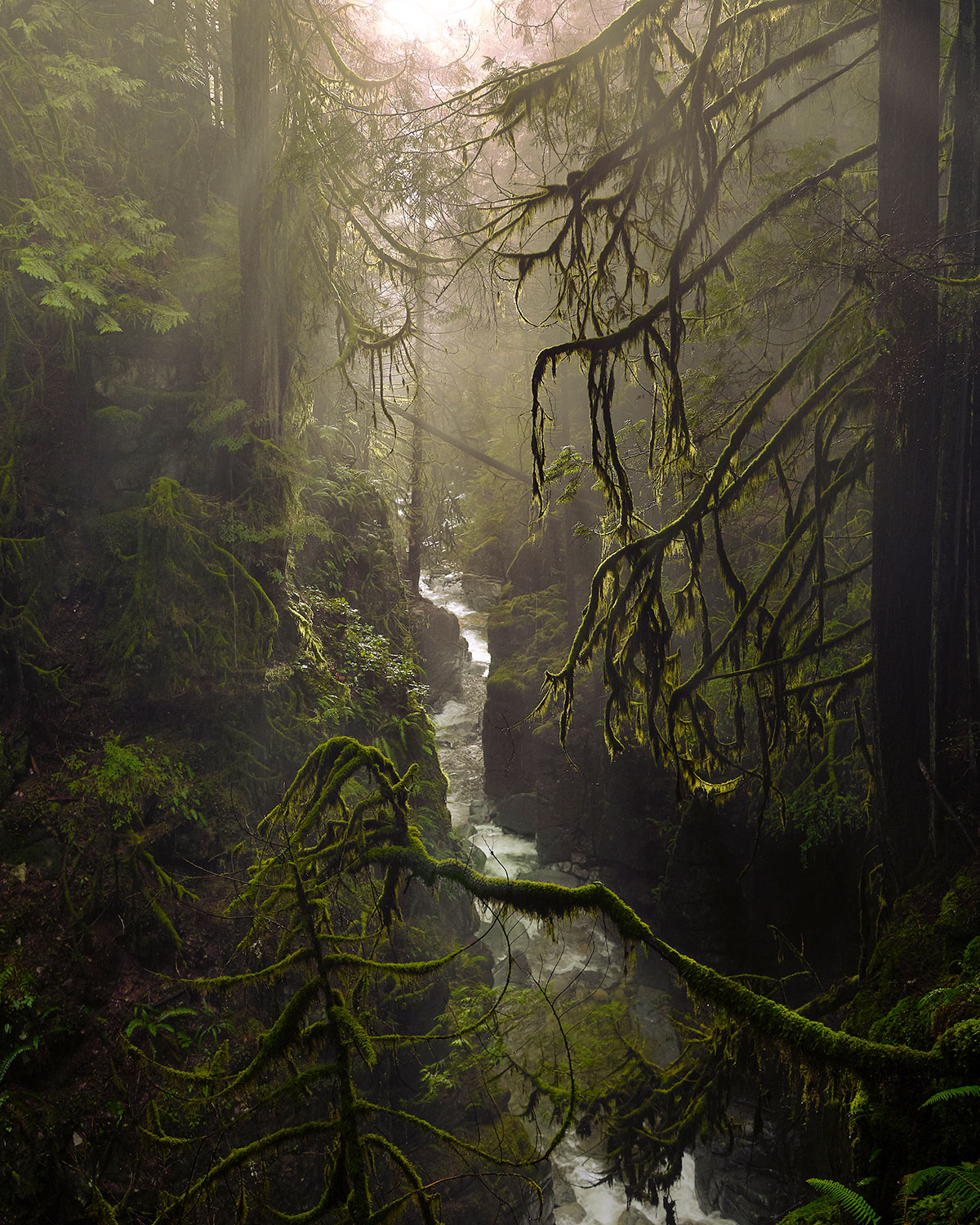
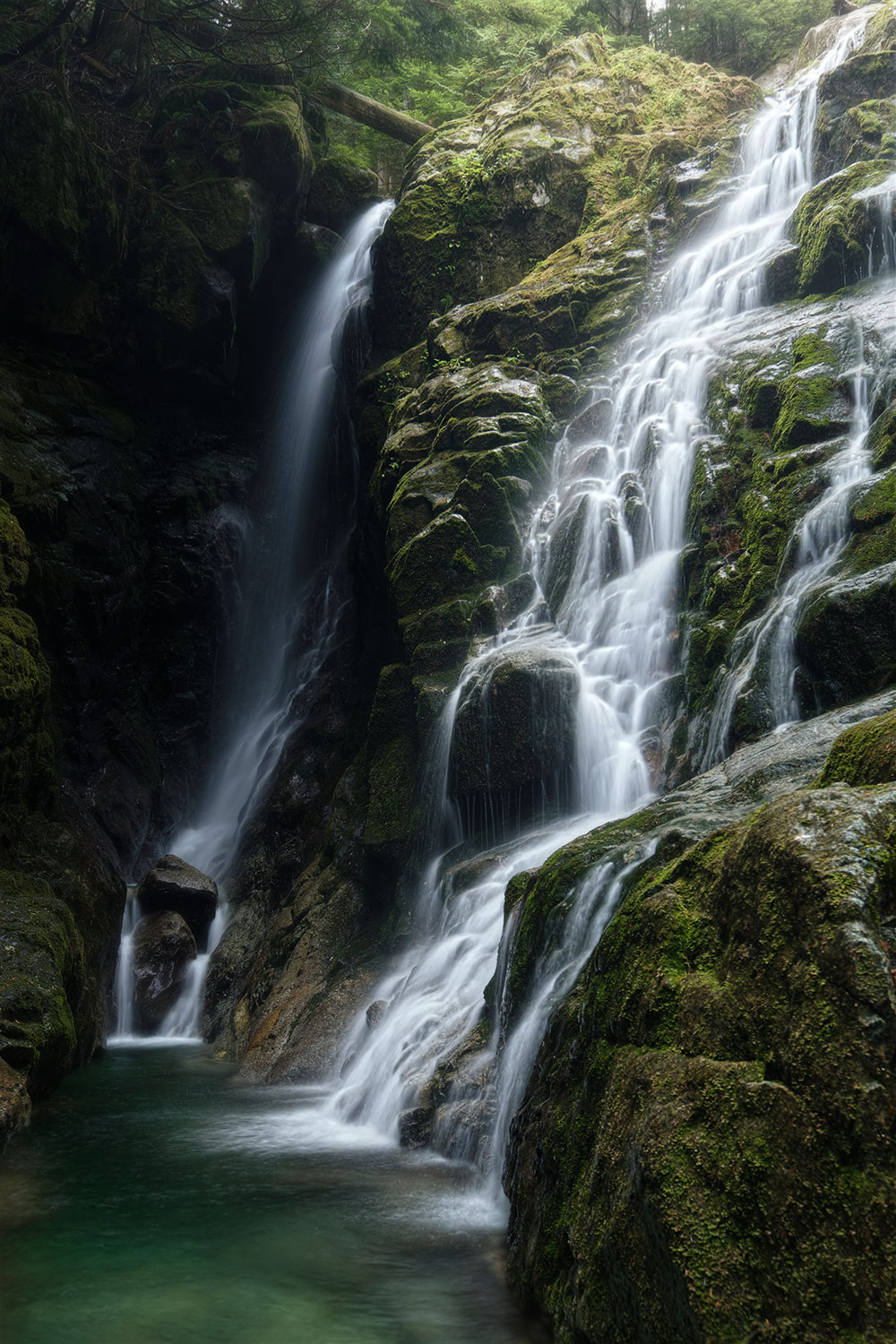
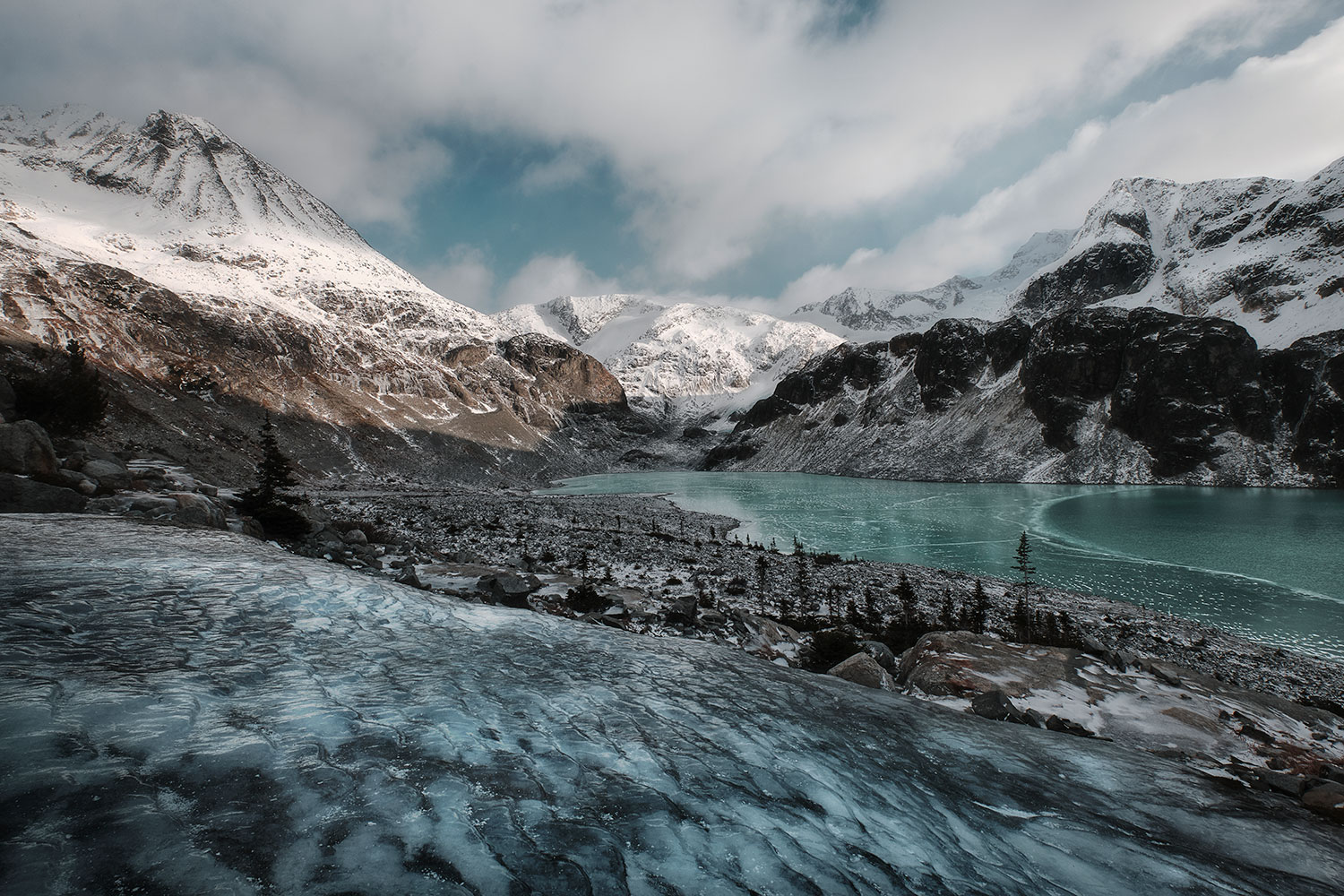
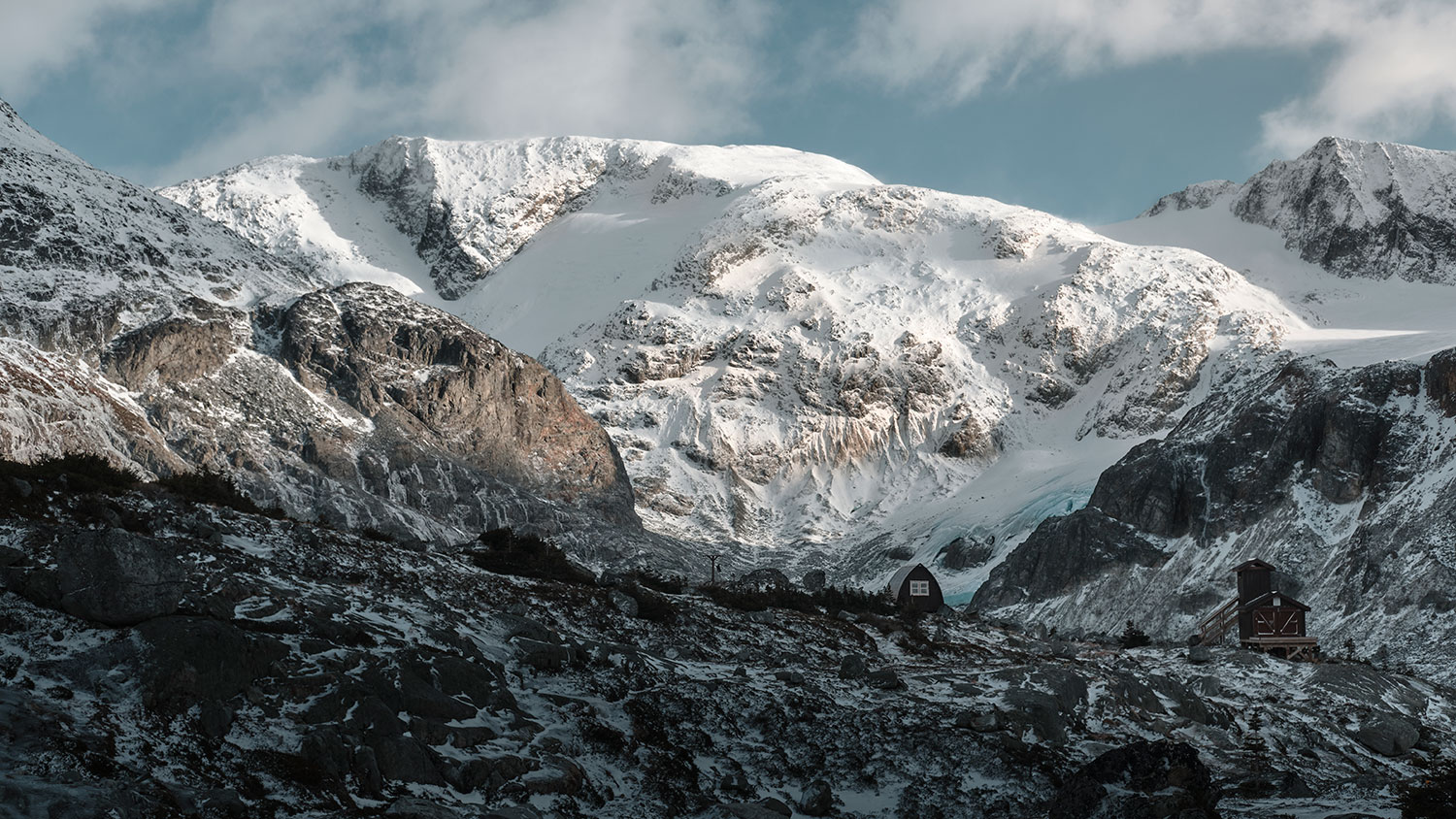

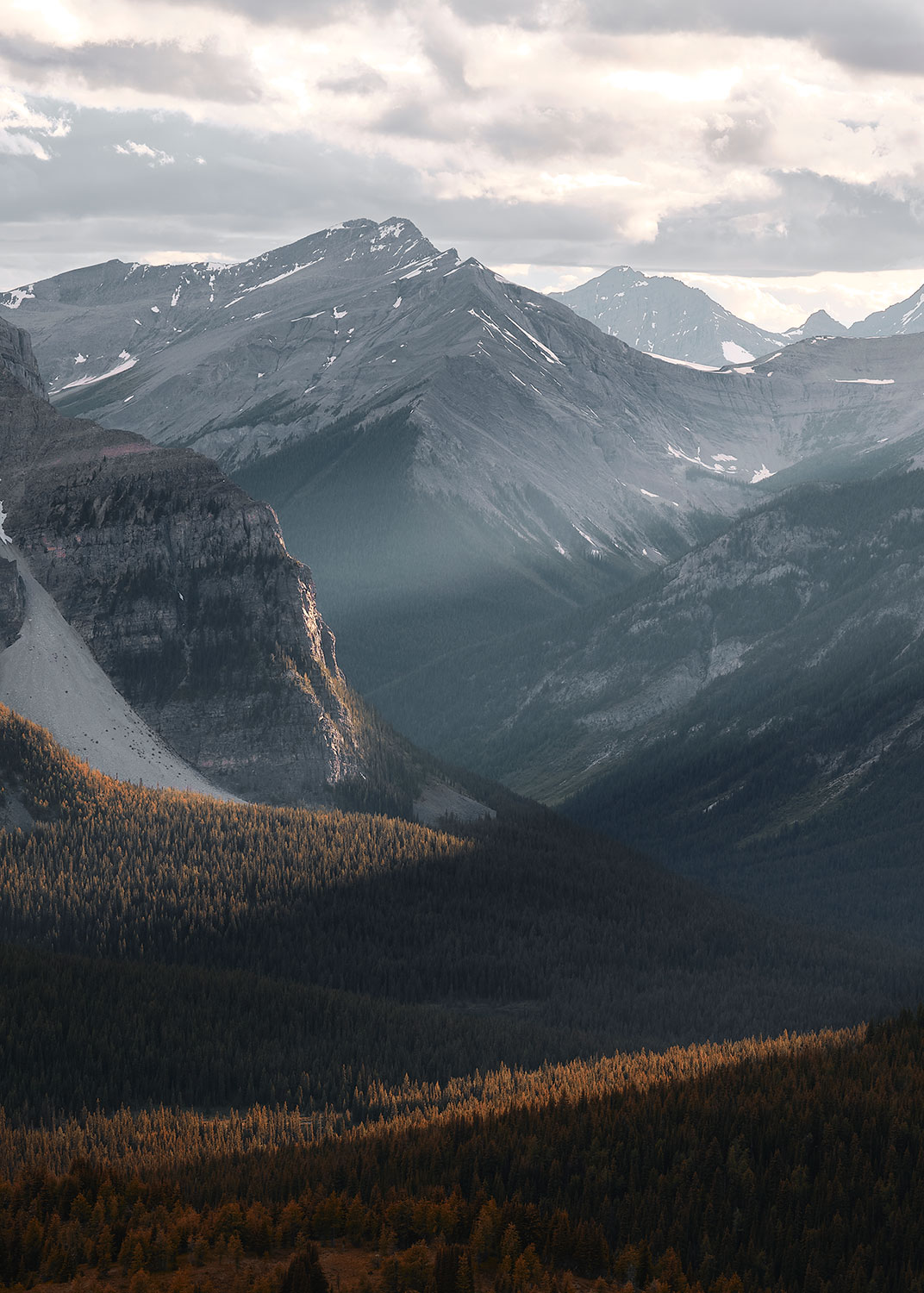
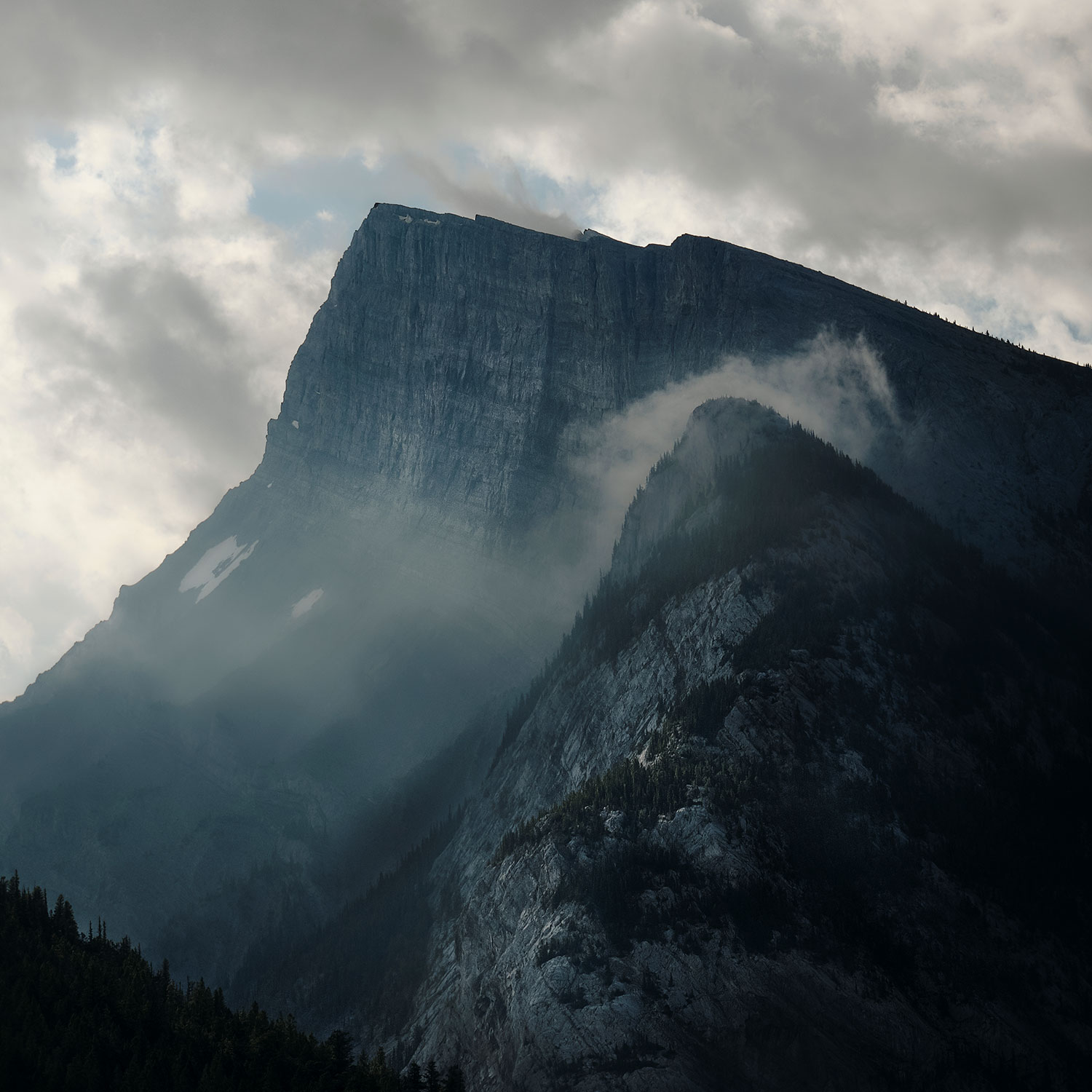
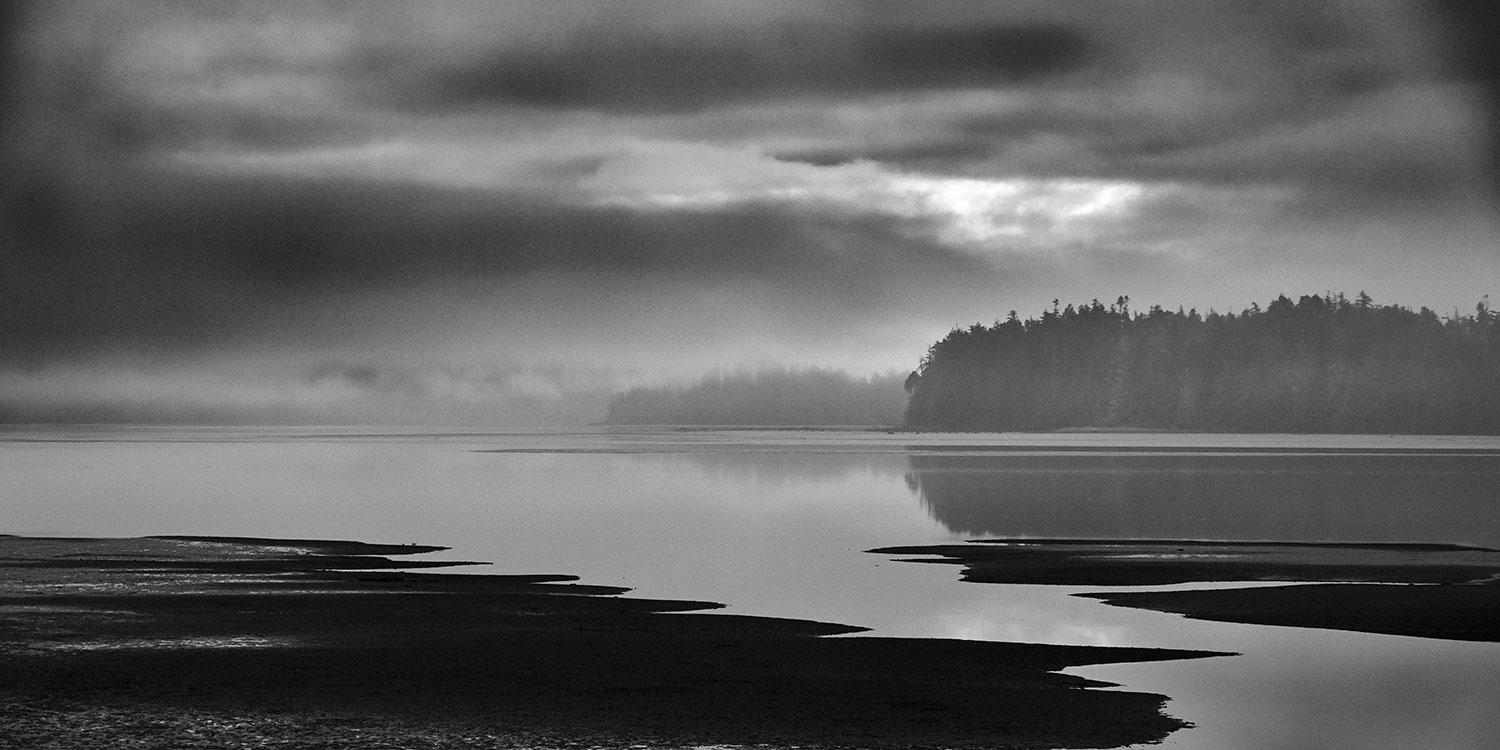
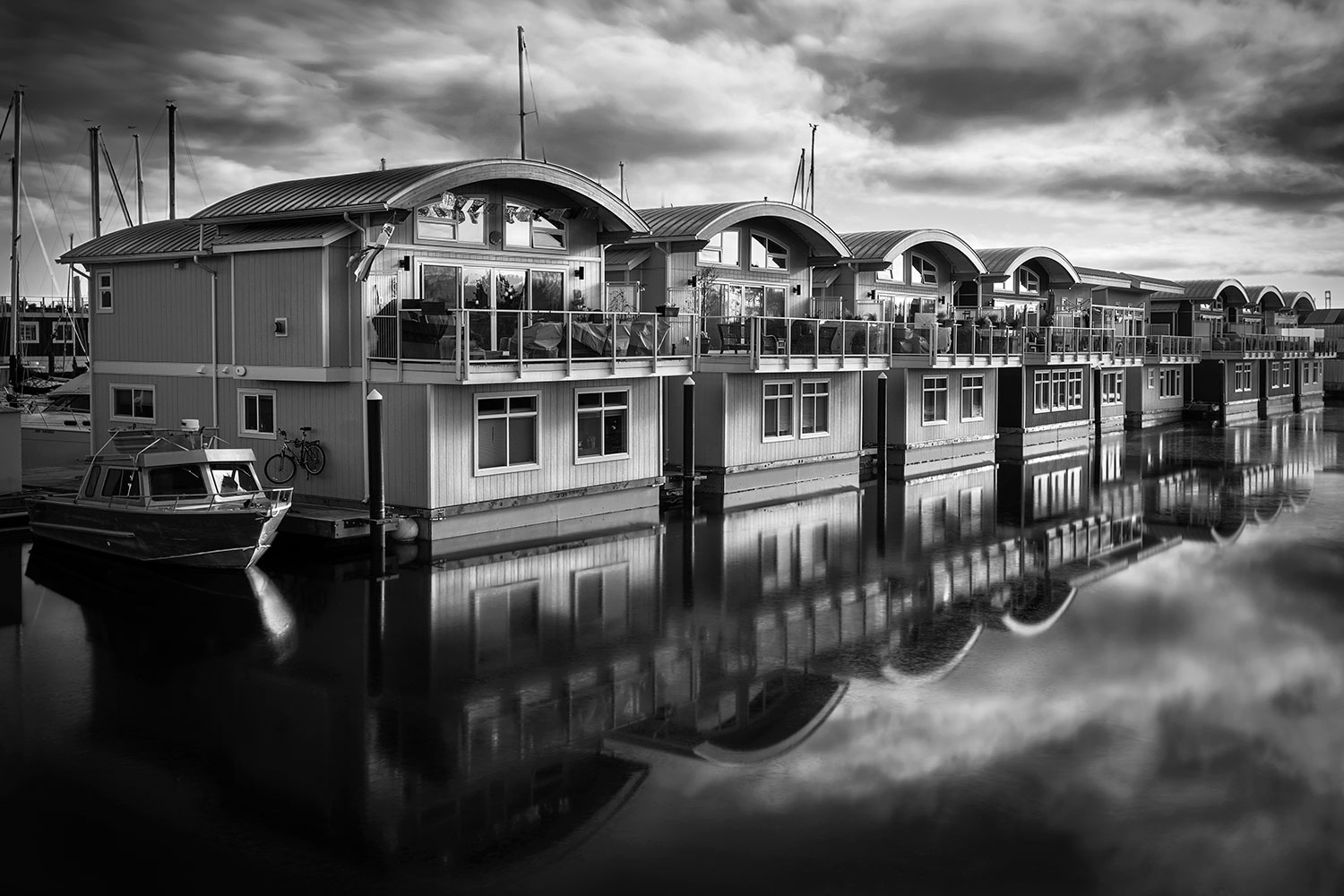
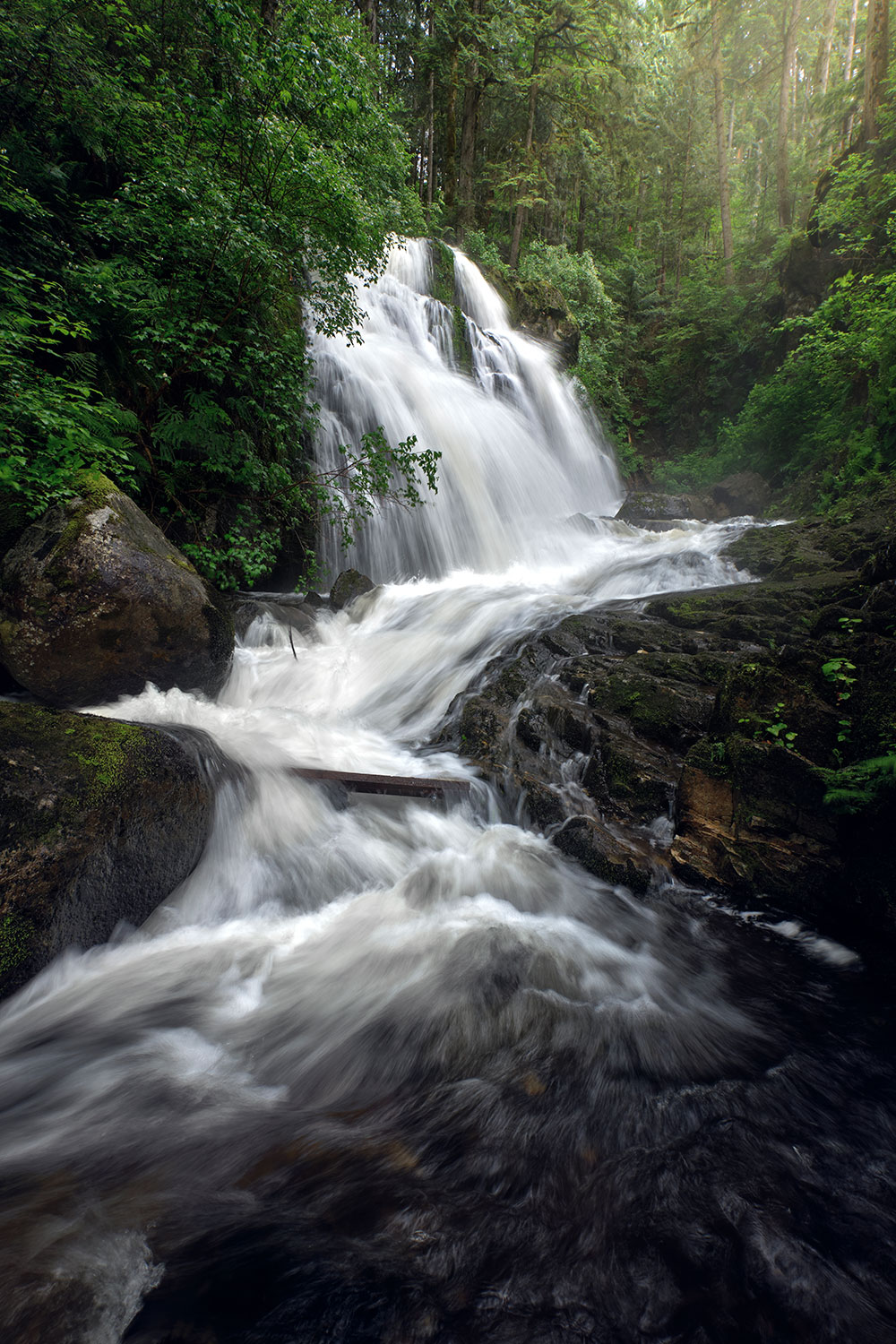
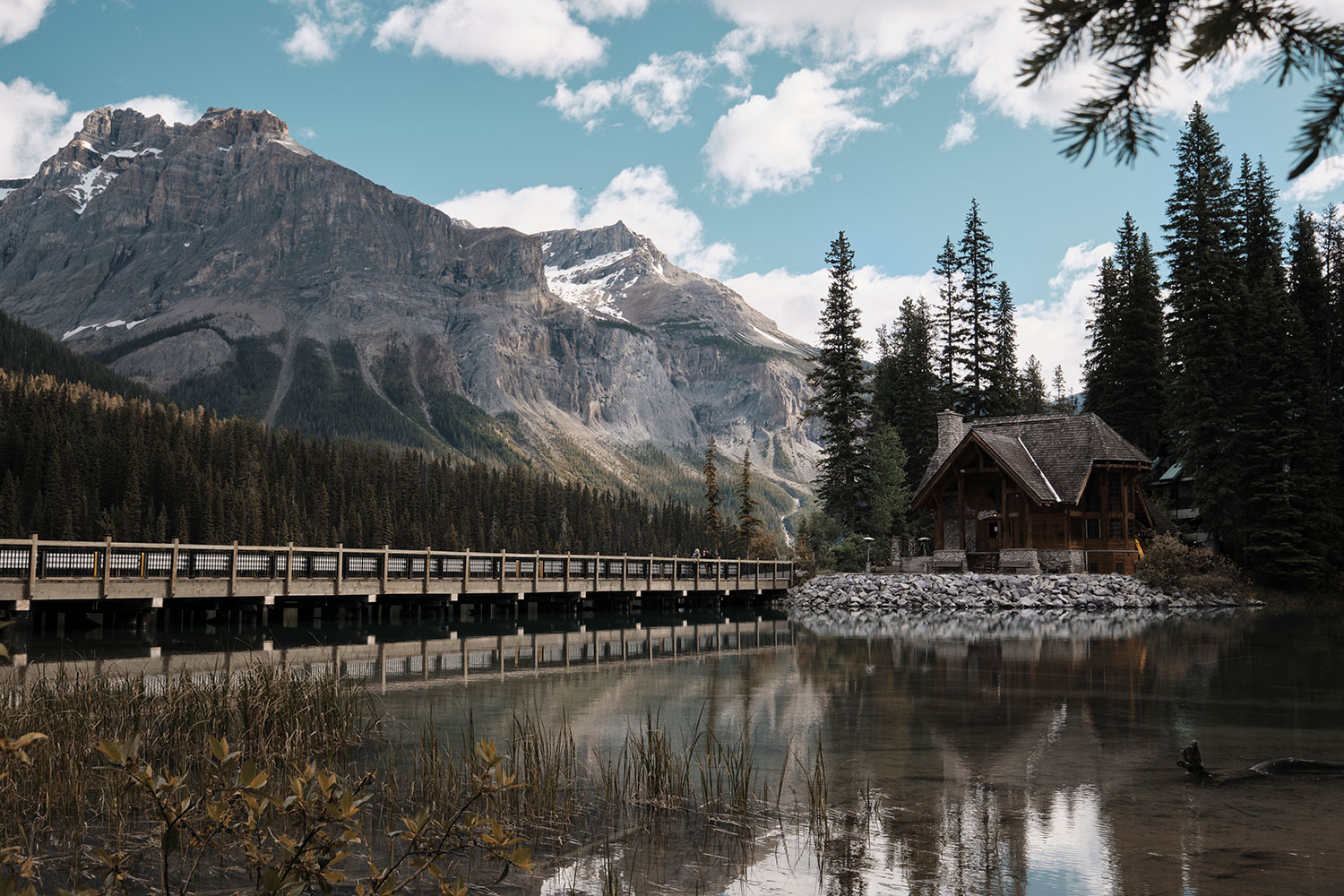
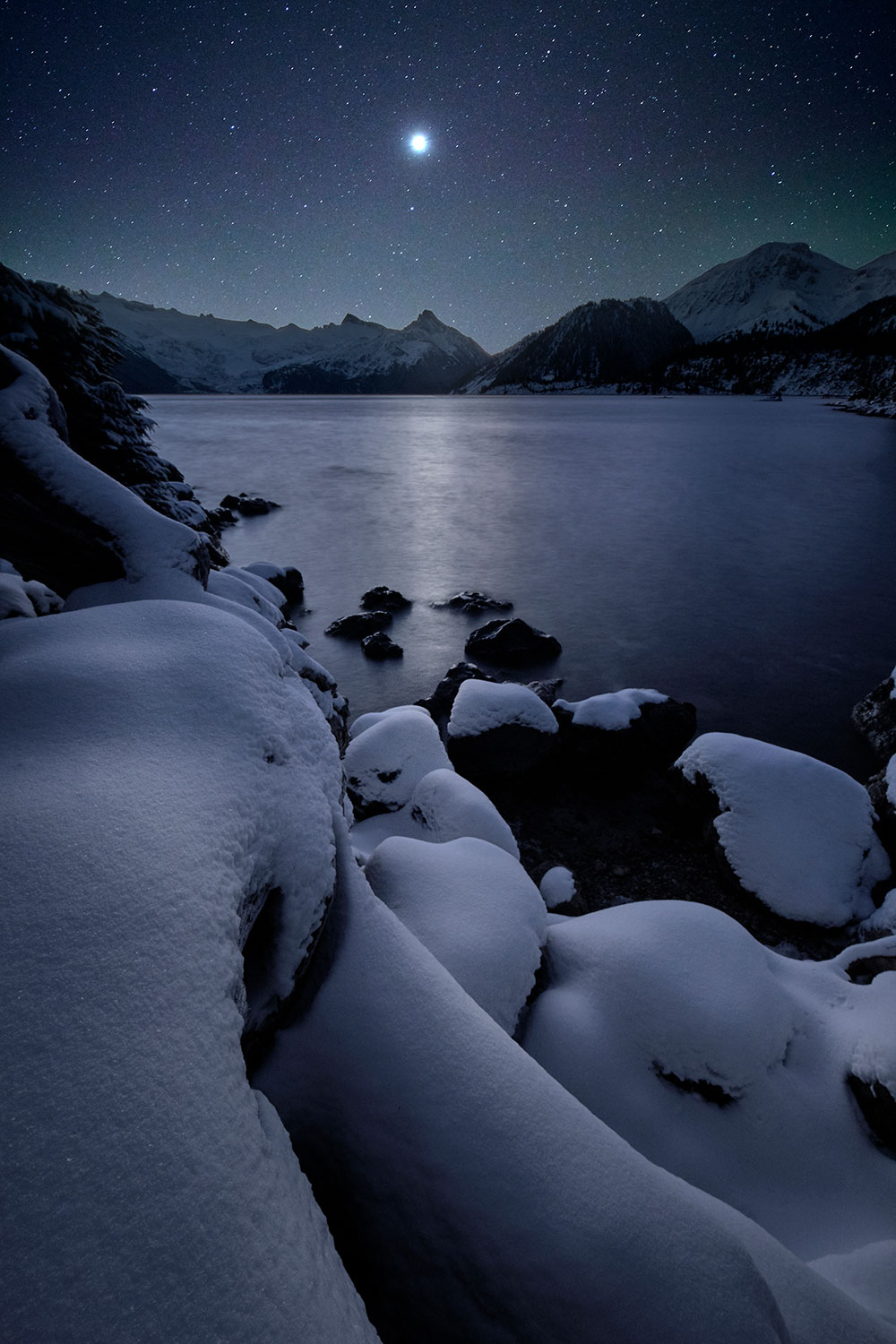
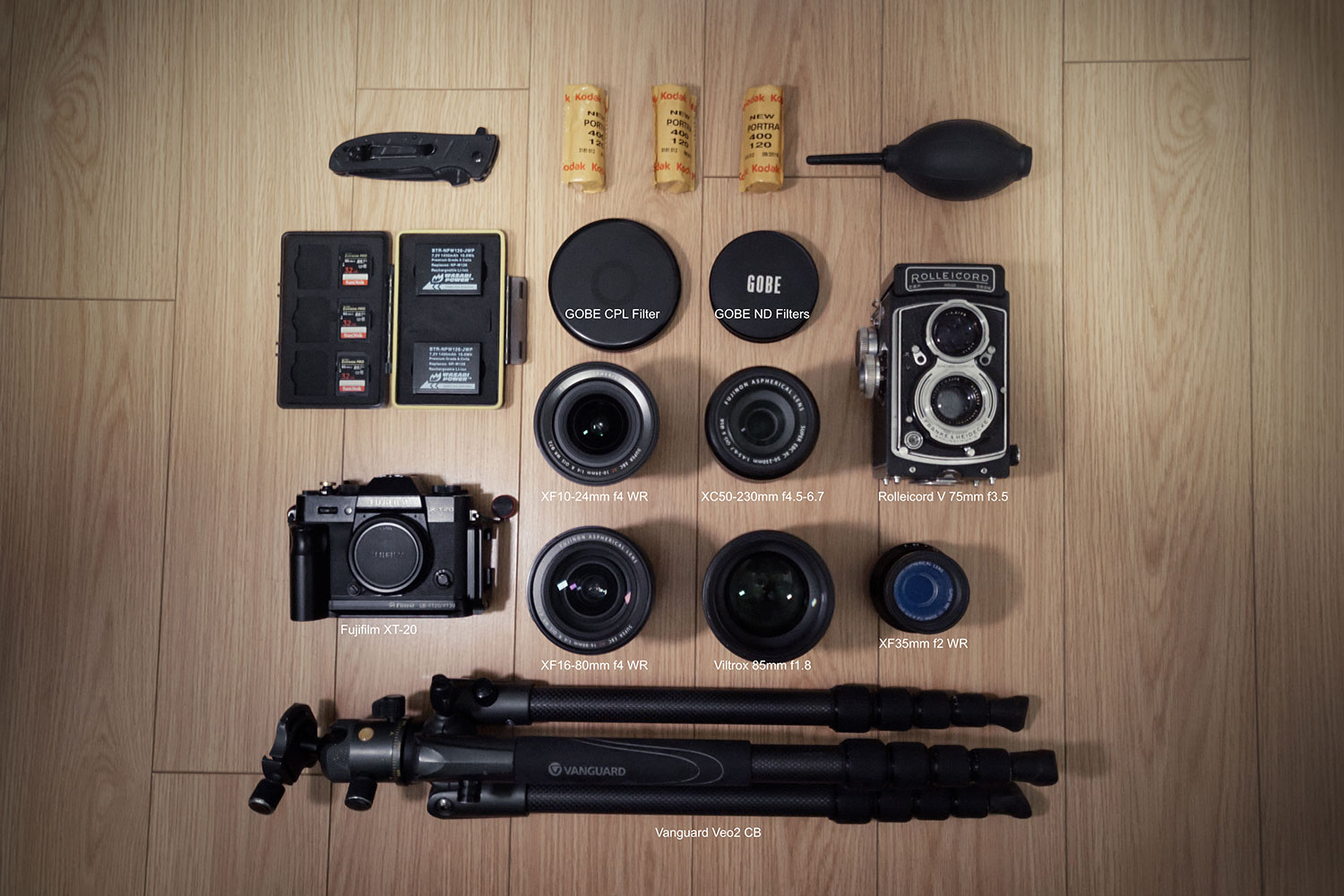
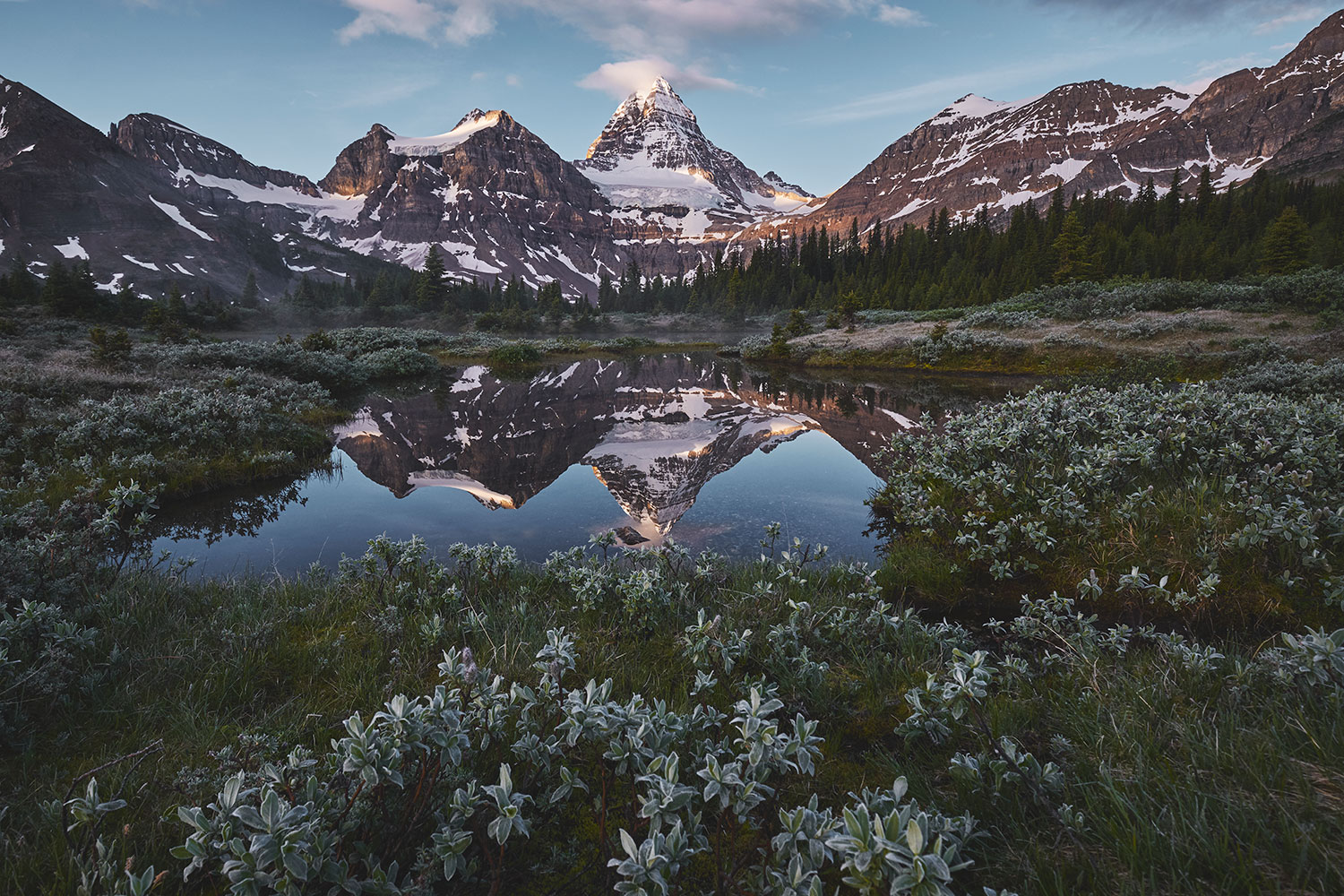
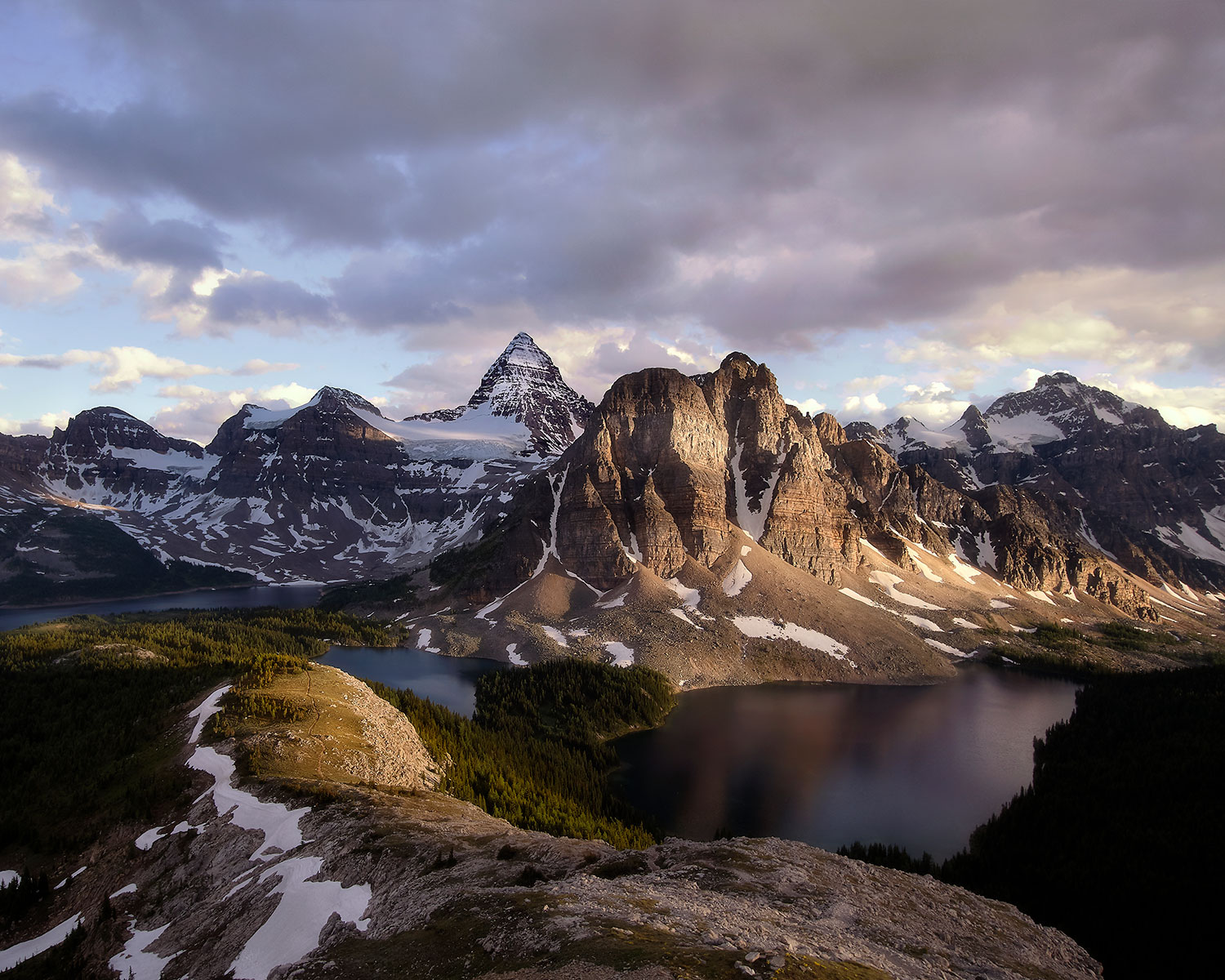


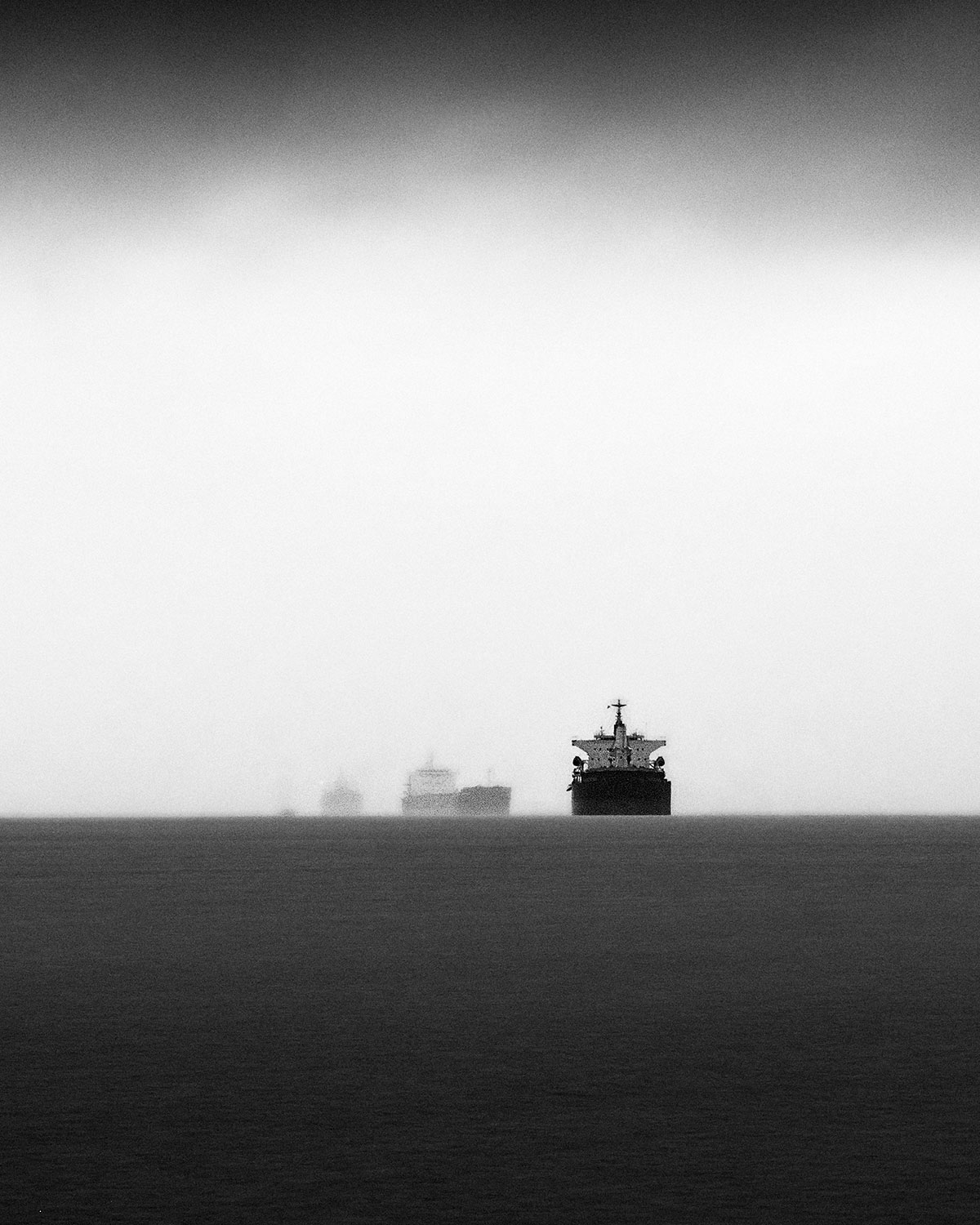
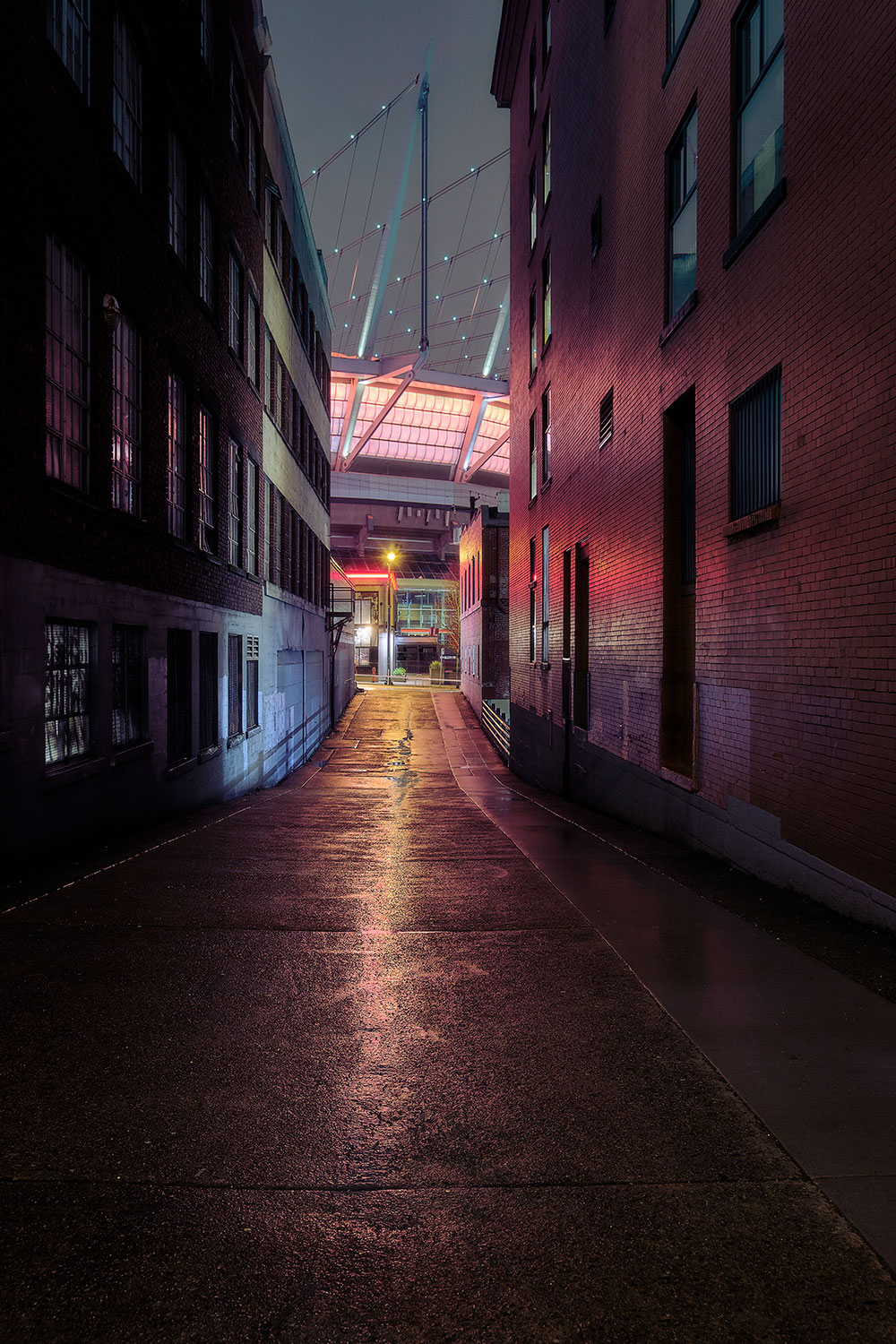
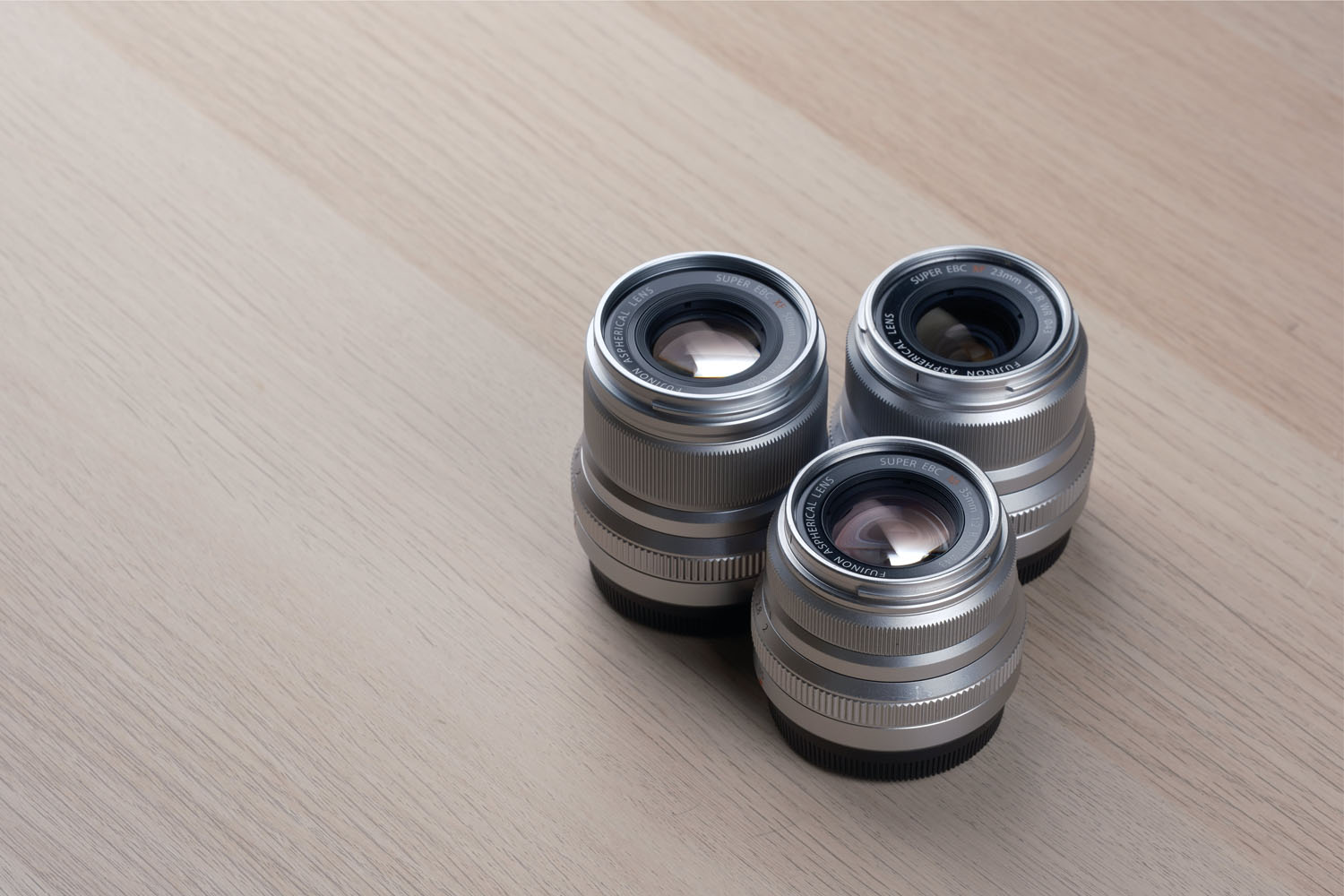
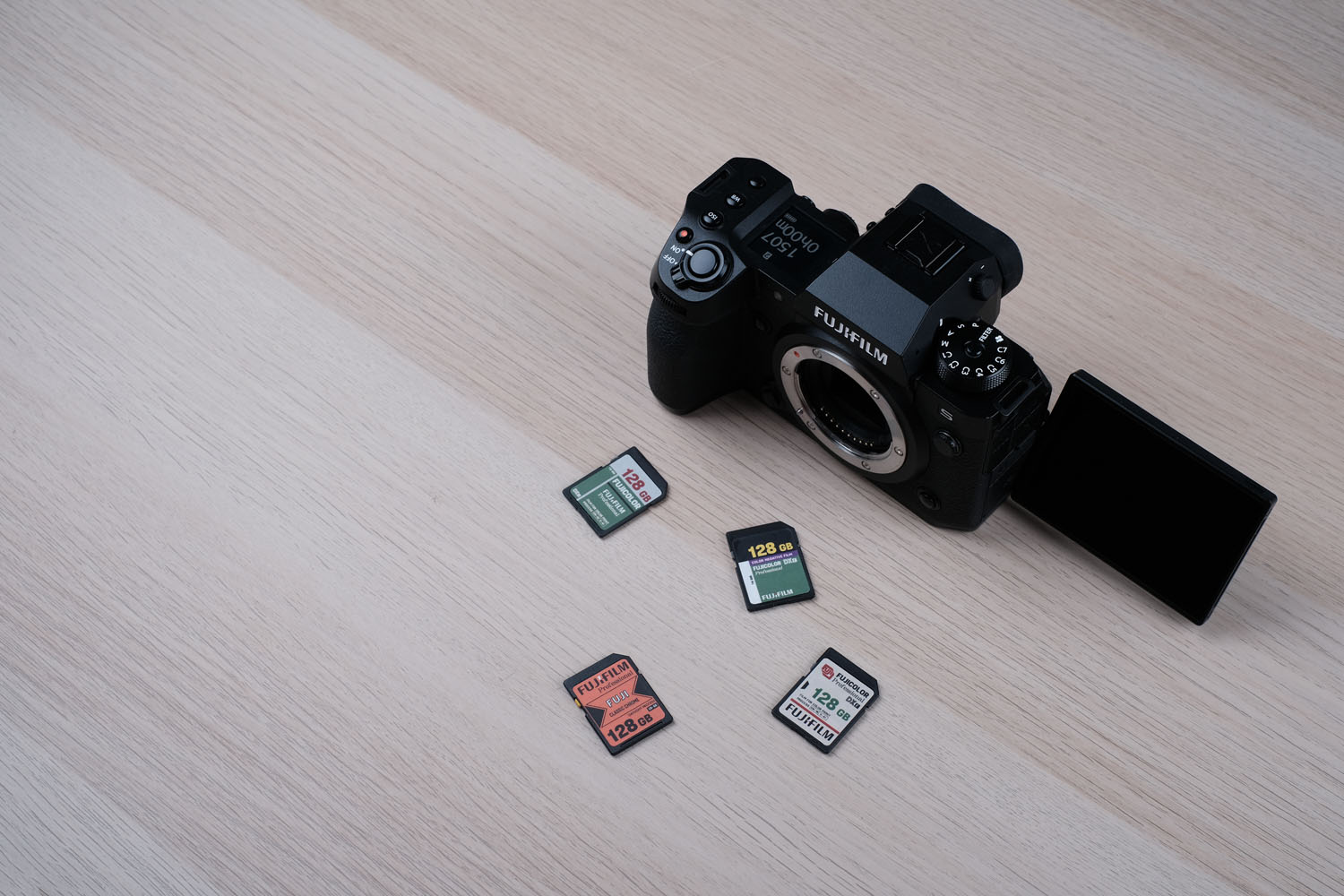
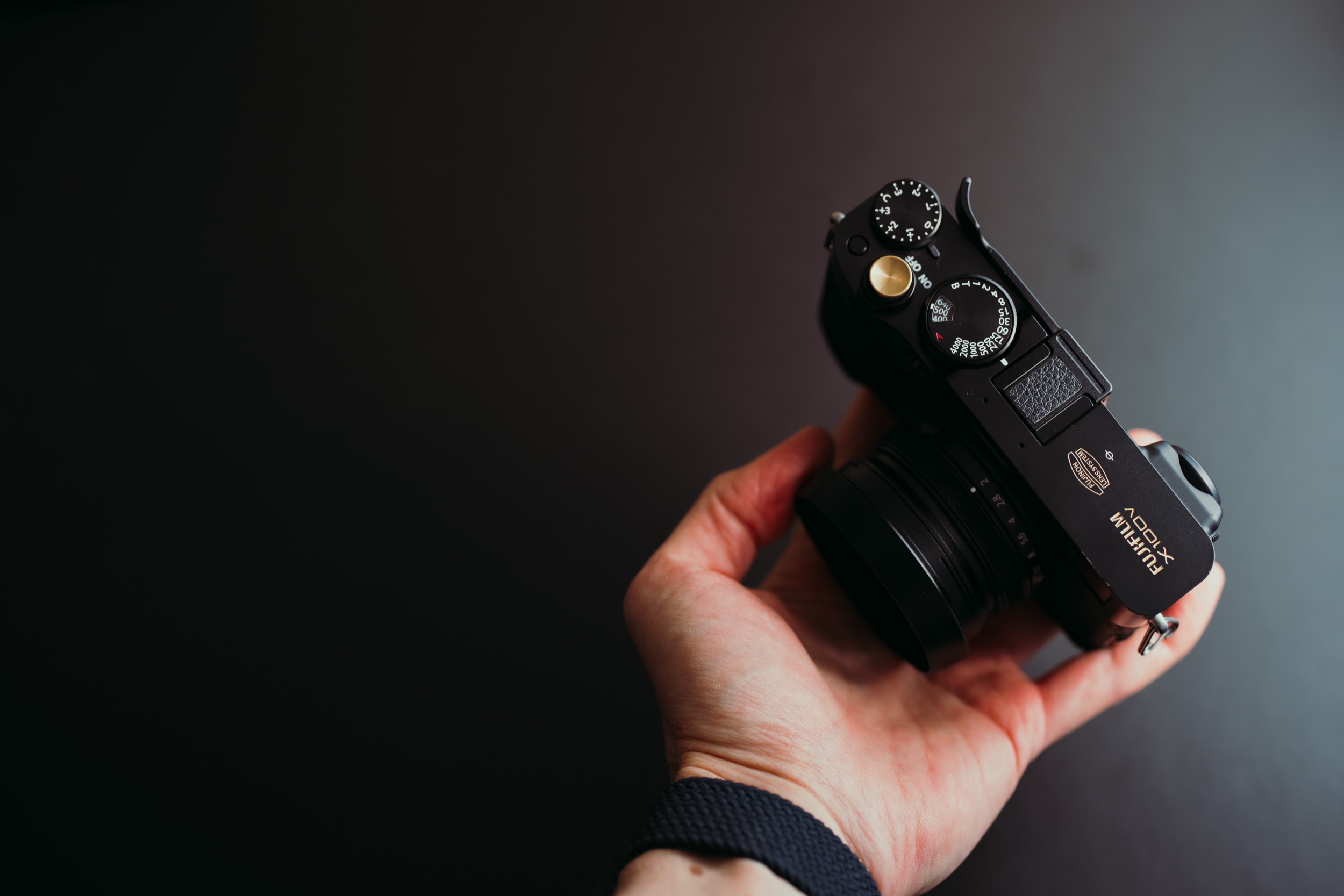
Tim L
August 24, 2021 @ 7:09 pm
Optically, the XF10-24 F4 is a good but not great lens. Whether or not it is “good enough” really depends on your reference point. Regardless though, I consider it inexcusable that Fuji chose to update the feature set of one of their oldest lens designs without addressing its optical shortcomings. It may be that Fuji’s user base just doesn’t care enough about high-end zooms to justify the effort and expense on Fuji’s part. Canon’s latest RF 14-35 F4 lens is proof that it is possible to create a small ultrawide zoom with excellent edge-to-edge IQ across the aperture range. Fuji seems to lack either the commitment or the engineering firepower to create a 10-24 of this caliber.
Geoffrey
September 7, 2021 @ 5:55 am
Having no experience using the new Canon lens you mentioned I can’t really comment on the IQ comparison between the two. However, in the scope of the article I would argue that the 10-24mm is Fuji’s most practical and the best option for wide angle zooms. The 8-16mm is where you want to look if you want the absolute best optical performance; but for the price and physical attributes of the 8-16mm, the 10-24mm is easily the more superior. I won’t disagree that I would have loved an update to the optics of the 10-24mm, its corner blur can be frustrating at times, especially with forest scenes where the frame is filled with detail. But I’ve found that more often than not software can makeup for that.
Tim L
September 7, 2021 @ 4:16 pm
If I’m understanding what you mean when you say “practical and best option” then I agree. It is small and light. It takes filters. And it’s focal range is sufficient for the vast majority of needs. F4 is fast enough for an ultrawide. That’s what makes Fuji’s neglect of the optics so frustrating for me. It is a missed opportunity.
Jamie
September 7, 2021 @ 3:37 am
Incredible shots! Thanks for sharing them and doing this write-up! 🙂
Pseudo Breccia
February 1, 2022 @ 11:14 pm
I find it hard to believe that the cover shot of the mountain peak jutting from the clouds was taken with a 10-24mm lens. It was likely taken with a telephoto.
J.
November 14, 2022 @ 6:33 pm
Which film simulation did you use for this image, looks great. https://www.fujixpassion.com/wp-content/uploads/2021/08/FujixPassion_40.jpg
Fabio Morniroli
January 4, 2024 @ 8:03 pm
Very nice pics! Can you please tell me more details about the last shot? Did you use JPEG or Raw? In case of JPEG did you use any film recipe? Thanks!
Geoffrey
January 5, 2024 @ 2:01 am
Hey there, the last image was shot as a RAW image and then processed in CaptureOne. That said, for city images like that I typically shoot a recipe similar to the following (Classic Chrome, Shadows -0.5, Clarity +1. WB Flourescent or WB K4500) Hopefully that helps!